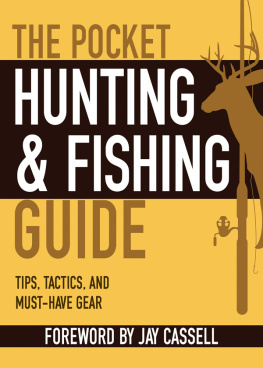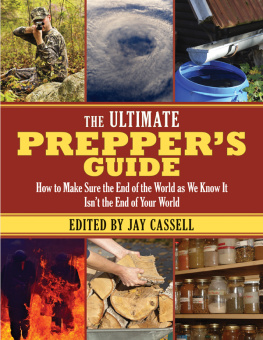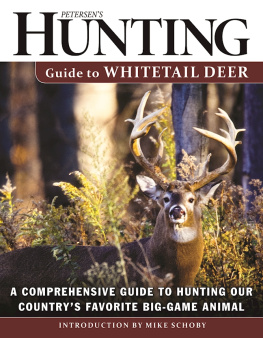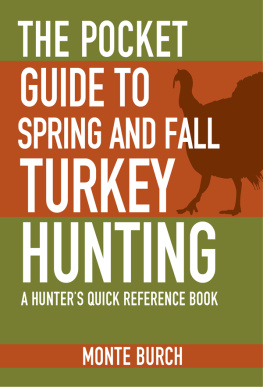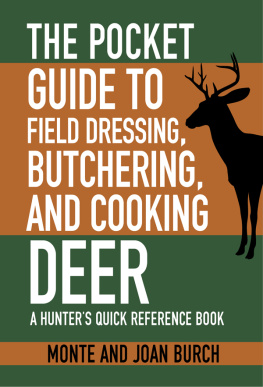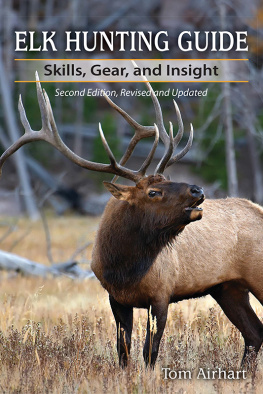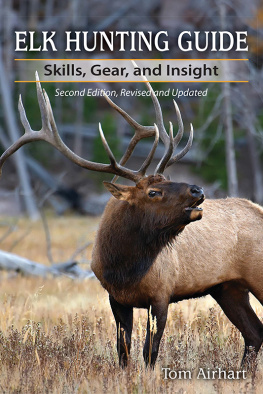Copyright 2014 by Skyhorse Publishing Foreword copyright 2014 by Jay Cassell
All rights reserved. No part of this book may be reproduced in any manner without the express written consent of the publisher, except in the case of brief excerpts in critical reviews or articles. All inquiries should be addressed to Skyhorse Publishing, 307 West 36th Street, 11th Floor, New York, NY 10018.
Skyhorse Publishing books may be purchased in bulk at special discounts for sales promotion, corporate gifts, fund-raising, or educational purposes. Special editions can also be created to specifications. For details, contact the Special Sales Department, Skyhorse Publishing, 307 West 36th Street, 11th Floor, New York, NY 10018 or .
Skyhorse and Skyhorse Publishing are registered trademarks of Skyhorse Publishing, Inc., a Delaware corporation.
Visit our website at www.skyhorsepublishing.com.
10 9 8 7 6 5 4 3 2 1
Library of Congress Cataloging-in-Publication Data is available on file.
ISBN: 978-1-62914-185-5
eISBN: 978-1-62914-272-2
Printed in China
Foreword
Every so often, you come across an old book that just gets it right, that still holds up years after it was published. Such is the case of the Handy Book of Sportsmens Secrets.
First published in 1944, Sportsmens Secrets came out in a year when World War II was still raging on, when the war effort pre-empted resources that might have been devoted to the development of new hunting and fishing gear. It was a time sportsmen had to rely on their skills more than ever, when ingenuity and woods skills made the difference between success and failure. Sportsmens Secrets was the right book at the right time, a fact-filled gem that presents interesting and novel methods of procedurelittle-known methods which, although soundly founded on fundamentals, have new twists, fresh angles and approaches, novel short cuts, and stream-line efficiencies, to quote the original foreword. In a nutshell, the book is full of tips, tactics, and techniques, many of them novel at the time, but which have now stood the test of time and still apply today. Among some of the new tips that we take for granted in the twenty-first century....
A pre-hunting preparatory step neglected by the majority of hunters: sight in! Or target your rifle on the range as long before you are to take your trip as possible.
When surf casting in salt water, wet your line before you cast, and you wont have half so many backlashes.
If you arent sure if you have caught a smallmouth or largemouth bass, count the rows of scales on the gill covers. A smallmouth has 17 rows, a largemouth 10 rows.
The woodcock is the slowest flier of all American gamebirds, able to hit 5 mph to 20 mph, depending on how pressed he is. (By comparison, Canada geese can hit 70 mph when theyre flying full out!)
If you touch poison ivy, pour undiluted household ammonia on it as soon as possible. This will kill the ivy acid.
If its below zero and your feet are freezing, the surest way to warm them is to take off your boots and socks and dip them in the nearest stream. Even if the air temperature is -20 degrees, the water is never going to be colder than 32 degrees!
Well, you get the ideaand Im not so sure Im going to try that last tip. But the point is, this little booklet is now seventy years old, and the tips in here still make sense today, can still make you a better hunter, fisherman, and woodsman. So thumb through the pages, pore over the many illustrations, and then consider how many of these tips you take for granted todaytips that sportsmen of years gone by had never even considered before this landmark book. Then consider this: Perhaps there are tips in here that you have never thought about before... and, maybe you should!
Jay Cassell
Editorial Director
Skyhorse Publishing
February 12, 2014
Secrets of Telling One Trout from T other!

American trout are divided into two basic groups, true trout and charrs. On all true trout the spots are darker than the body color, while on charrs the spots are lighter than the body color.

Eastern Brook Trout, often called Squaretail, Speckled Trout, or Red Spot, is a charr.
Red spots along sides, with an irregular lighter color circle surrounding each spot. Front of lower fins pink or red, edged with white. Vermicular, or wavy markings on back, distinguish the brook trout from all others. The tail is square and unforked.

Rainbow Trout. A true trout. A wide pink lateral stripe usually identifies the rainbowbut in open lakes with sandy bottoms and in some streams the color is very faint. Spots are black, without surrounding circles of light color, as in the brook, brown, and Dolly Varden. Young rainbows under eight or nine inches are much different in general appearance than adult fish. Nose is blunt and rounded, eye prominent, tail somewhat forked and poorly developed, and the sides are covered with dark blotches or parr markings instead of the rainbow stripe of the grown fish. The adult has sharper nose, small eye, and fairly square tail.

Brown Trout. A true trout. May be distinguished from both the Eastern Brook and the Dolly Varden by the black spots on its back. Although having red spots on the sides, the Brown is unlike the Eastern Brook in its belly fin coloration, the fins lacking the red, edged with white, of the Brook Trout. The Brown has a flat vomer, the bone forming the front part of the roof of the mouth, which is supplied with teeth, while the Brook Trout has a boat shaped vomer, which has no teeth.

Dolly Varden, also called Western Brook, and Bull Trout, is the only native Western charr. Resembles both the Eastern Brook and the Laker in general appearance. Tail slightly forked. Spots are red, with background lighter than the body of the fish. Easily distinguished from the Eastern Brook Trout by the lack of vermicular, or worm-like wavy markings on the back.
Lake Trout, often called Laker, Mackinaw, Gray Trout, and, in New England, Togue. Closely related to the charrs, it has spots lighter than the body color. Easily distinguished from the Brook Trout and Brown Trout by the lack of red in the spots. Has no red, pink, or other bright colors.
SKETCHES FROM HUNTING AND FISHING

Cutthroat. Readily recognized by a distinct red or crimson V on the throat. Although rainbows have a somewhat similar marking sometimes, it is less distinct, and more pink than bright red. Has a narrow band of small teeth on hyoid bone at base of tongue, which teeth are lacking in the Rainbow, with which some anglers confuse it, due to its black spotted back.

